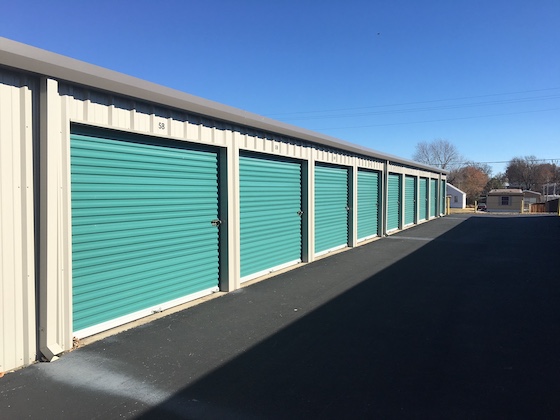A large number of storage facility contracts for purchase end in a renegotiation. But only a portion of those end up with the seller agreeing to the discount. There simply is a right and a wrong way to approach a seller to lower the price. Here’s what we’ve learned over the past two decades.
Make a list of all faults with the facility
The first step in renegotiating a storage contract is to make a complete list of everything that is wrong with it. Don’t make things up – that will never work. But start at one end of the property and make a complete accounting of all the deficiencies. Potholes, rust, broken doors, drainage issues, painting problems – don’t leave anything off the list. Pretend that you’re doing a property condition report for a bank.
Get multiple bids to repair each one
Up to bat next is to get multiple repair bids for each item. If you can get three, that’s great, but if you can only get one or two it still works. The point is to continue with the theme of doing a complete analysis of the property. A factual one that shows that you’re not just making these items up.
Create an itemized list of all issues and costs – but don’t tally it
Now build a complete inventory of all items and the cost of repairing them. Essentially a menu of items fully typed. It should read “item, price to repair” in a giant list. Attach all the bids at the back of the report. But the key item is not to tally up the total amount of all the items.
Meet with the seller if possible
Renegotiating the price is best done in person (but it can be successfully done by phone if a person-to-person encounter is not possible). If the deal means a lot to you, definitely try your best to meet in person, even if that means a lengthy drive or travel on a plane.
Get them to agree to each item
In the meeting, review each item and get the seller to agree that it needs to be fixed and what it will cost to do so. Most sellers are honest about their property condition, and will not fight you over picking out its faults. They will also be impressed by your thorough research on the cost of repairs.
Then total it and see what happens
The reason you didn’t tally the costs was that human nature is for the seller to look at the total and tune you out if the number is too high. They will then spend all their time coming up with a polite way to turn you down while you’re talking. By not totaling it, they don’t know what the amount is so they focus on you and each line item that’s up for discussion. So when you total the items and it comes up to $73,600, the seller is in a tough position because they’ve agreed to each item so how can they now say “no”?
Back-up plan: escrow
Sometimes the seller’s reaction will be “that’s more than I thought it would be – I bet I can get it done for less myself”. When that happens, go along with it by proposing that the total number for repairs be held in escrow at closing, with the money being released to you if the seller does not get all repairs completed within 90 days of closing. It’s a fair solution. Of course, in 99% of all cases the buyer gets the money because the seller find that they can’t do it for any less.
Conclusion
Use this system if you want the best chance at renegotiating your storage deal. With so much at stake, you should put in this extra effort and strategy to get what you want – and that’s a win/win deal for all.





